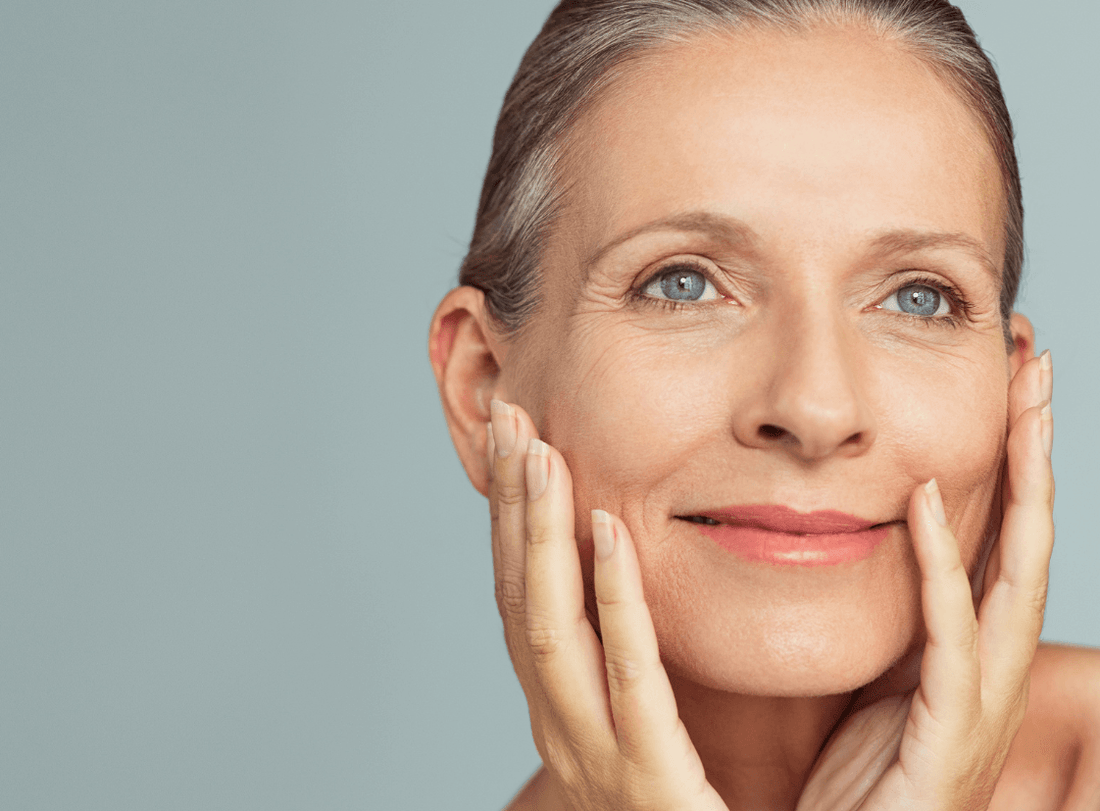As the vibrant warmth of summer fades into the crisp air of autumn, our skin undergoes a series of changes. The transition between seasons can be tricky for your skin, as environmental conditions like humidity, temperature, and wind shift significantly. During this transition, it’s essential to tweak your skincare routine to adapt to new challenges such as dryness, sensitivity, and uneven texture.
In this article, we’ll explore the common changes your skin experiences during the summer-to-autumn transition and the key skincare steps you can take to maintain healthy, glowing skin.
1. Understanding Skin Changes Between Summer and Autumn
Summer is synonymous with high humidity, heat, and exposure to UV rays. Our skin tends to produce more oil to cope with the warm temperatures, and many people experience clogged pores, excess shine, and occasional sun damage. Autumn, on the other hand, brings cooler air, lower humidity levels, and increased wind, which can lead to drier skin, irritation, and flakiness.
Key Factors Affecting Skin During Seasonal Change:
- Humidity Drops: The drier, cooler air in autumn pulls moisture away from the skin, leading to dehydration.
- Wind Exposure: Autumn winds can strip the skin’s natural oils, resulting in chapped or sensitive skin.
- Indoor Heating: As we begin to use central heating, it creates an environment that further dehydrates the skin.
- Reduced Sunlight: While this may lessen sunburn risk, the decrease in UV exposure can make the skin look dull and pale.
With these changes in mind, let’s dive into how you can adjust your skincare routine to keep your skin balanced and protected.
2. Key Skincare Steps for the Summer-to-Autumn Transition
a. Switch to a Hydrating Cleanser
In summer, gel cleansers or foaming formulas are great for controlling excess oil. However, as the weather cools down, your skin needs a more hydrating option. Opt for a cream-based or oil-based cleanser that provides a thorough clean without stripping the skin of its natural moisture. These types of cleansers help preserve your skin's barrier and prevent the dryness that colder temperatures can bring.
Tip: Use the cream-based cleanser in your daily routine and double cleanse at night with the oil-based cleanser.
b. Exfoliate Gently to Combat Dullness
During autumn, the skin's natural exfoliation process slows down, leading to a buildup of dead skin cells, which can make your complexion appear dull. However, over-exfoliating can worsen dryness. Aim for gentle exfoliation 1-2 times a week using a mild exfoliant rather than harsh scrubs.
Tip: Take the time to massage your face for at least 1 minute to open the pores and stimulate blood circulation.
c. Incorporate Hydrating Serums
Serums are an excellent way to give your skin an extra boost of moisture and nutrients. In autumn, add a hydrating serum containing ingredients like hyaluronic acid, vitamin E, or niacinamide to help combat the drying effects of cooler weather. These serums can also work to soothe any inflammation or redness brought on by the wind or changing temperatures.
Tip: Apply your serum immediately after cleansing to help lock in moisture and improve product absorption.
d. Double Down on Moisturization
Summer's light moisturizers may no longer be enough to combat the increased dryness and dehydration that autumn brings. As the weather cools, switch to a richer moisturizer to lock in hydration and restore your skin's protective barrier. Look for formulations that contain emollients like shea butter or squalane and humectants like hyaluronic acid to draw moisture into the skin.
Tip: Use a thicker night cream in the evening for extra nourishment while you sleep, and during the day, layer a moisturizer under your SPF.
e. Don’t Ditch the Sunscreen
Even though the sun isn’t as intense as in summer, harmful UVA rays are still present throughout autumn. These rays can penetrate clouds and cause long-term damage like premature aging. Continue to apply broad-spectrum sunscreen with at least SPF 30 every morning, especially if you spend time outdoors.
Tip: If your skin feels drier in autumn, opt for a hydrating sunscreen formula that includes ingredients like hyaluronic acid or glycerin.
f. Protect Your Lips and Hands
Don’t forget that your lips and hands also need extra care during the seasonal change. The skin on your lips is delicate and can easily become chapped, while hands tend to dry out quickly due to frequent washing and exposure to the elements. Use a hydrating lip balm with nourishing ingredients like shea butter, beeswax, or jojoba oil, and apply hand cream regularly to keep your skin soft and hydrated.
Tip: Choose a lip balm with SPF to protect against the sun’s rays, even in cooler weather.
4. Conclusion
Transitioning from summer to autumn can leave your skin feeling a bit out of balance. However, with the right adjustments to your skincare routine—like switching to a hydrating cleanser, using richer moisturizers, and incorporating gentle exfoliation—you can maintain healthy, glowing skin throughout the season. Remember to protect your skin from both the cool air and indoor heating, and keep up with hydration both inside and out.
By paying attention to the subtle changes in your skin’s needs during this seasonal shift, you’ll be better equipped to keep your complexion smooth, hydrated, and radiant all autumn long.

